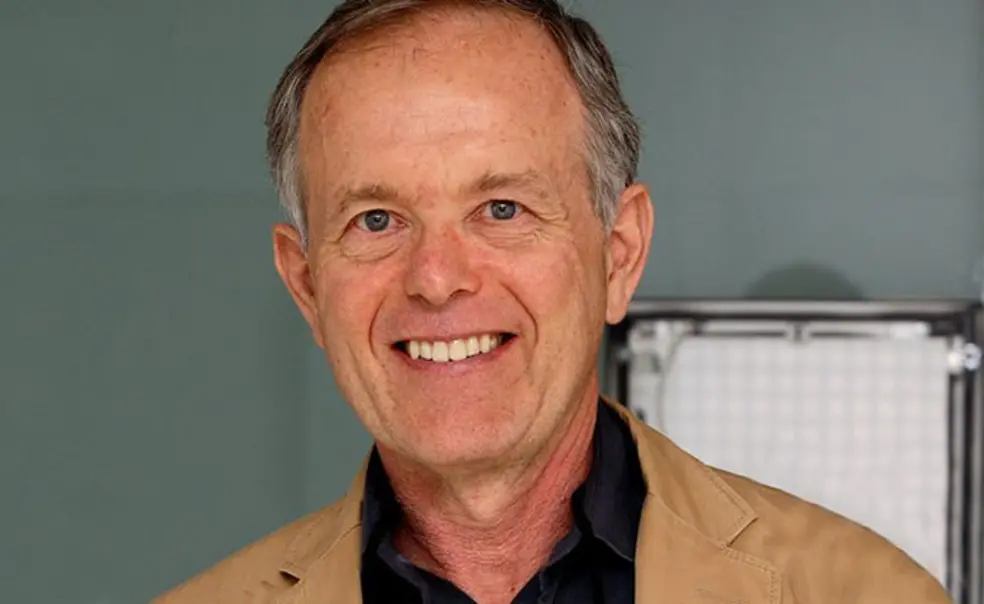Architect and Professor Douglas Kelbaugh ’67 *72
Architect and professor Douglas Kelbaugh ’67 *72 recently was selected to receive the Topaz Medallion for Excellence in Architecture Education in recognition of his efforts “to shape a generation’s thinking about the environmental aspects of architecture,” according to the award announcement from the American Institute of Architects and the Association of Collegiate Schools of Architecture. Kelbaugh is a former dean of the University of Michigan’s Taubman College of Architecture and Urban Planning, where he continues to teach. Before coming to Michigan, he served as chair of the architecture department at the University of Washington.
Kelbaugh studied architecture as both an undergraduate and graduate student at Princeton, and he launched his career not far from his alma mater. One block away from Nassau Street, he built an innovative solar home in the mid-1970s, incorporating a Trombe wall, a south-facing glass wall backed by a concrete wall that collects and radiates heat.
“That house garnered a lot of publicity,” Kelbaugh recalled. “We stopped counting, but I think it was in over a hundred books, magazines, periodicals, newspapers, you name it. Even in magazine ads, it was showing up, for products that had nothing to do with the house!”
As a pioneer in passive solar architecture, Kelbaugh took a deep interest in energy conservation. He later partnered with Peter Calthorpe, a founder of New Urbanism, and pursued transit-oriented development projects.
“We realized we were doing primarily suburban, free-standing houses that we were making more energy-efficient,” Kelbaugh said. “But in fact, the energy consumed by the two cars in the garage was greater than the energy consumed by the heating, cooling, and lighting of the houses. We realized that we were ignoring a huge part of the problem, and some of us went on to become urban designers as well as architects.”
As a Topaz Medallion honoree, Kelbaugh joins a long list of noted architecture educators with Princeton ties. In fact, 11 of the 42 winners in the award’s history either attended Princeton or spent time on the faculty, including the last three — Harrison Fraker ’64 *66 (2014), former professor Peter Eisenman (2015), and Kelbaugh. Former Princeton professor Jean Labatut and longtime dean Robert Geddes were among the early honorees.
Kelbaugh is not sure what accounts for Princeton’s remarkable influence in architecture education, but he believes that the architecture school’s intellectual rigor and humanistic tradition may play a part.
As a professor, Kelbaugh said, his courses tend to emphasize pragmatic topics. “I’m of the old school: I believe in interdisciplinarity, which was big under educational leaders like Dean Geddes at Princeton, and in actually solving problems, not theorizing about them,” he said. “I think in general the pendulum is swinging back toward realism and pragmatism . … But [architecture education] is still relatively focused on its own internal conversation and ethic, it’s own narrative, which can be quite self-indulgent.”












No responses yet